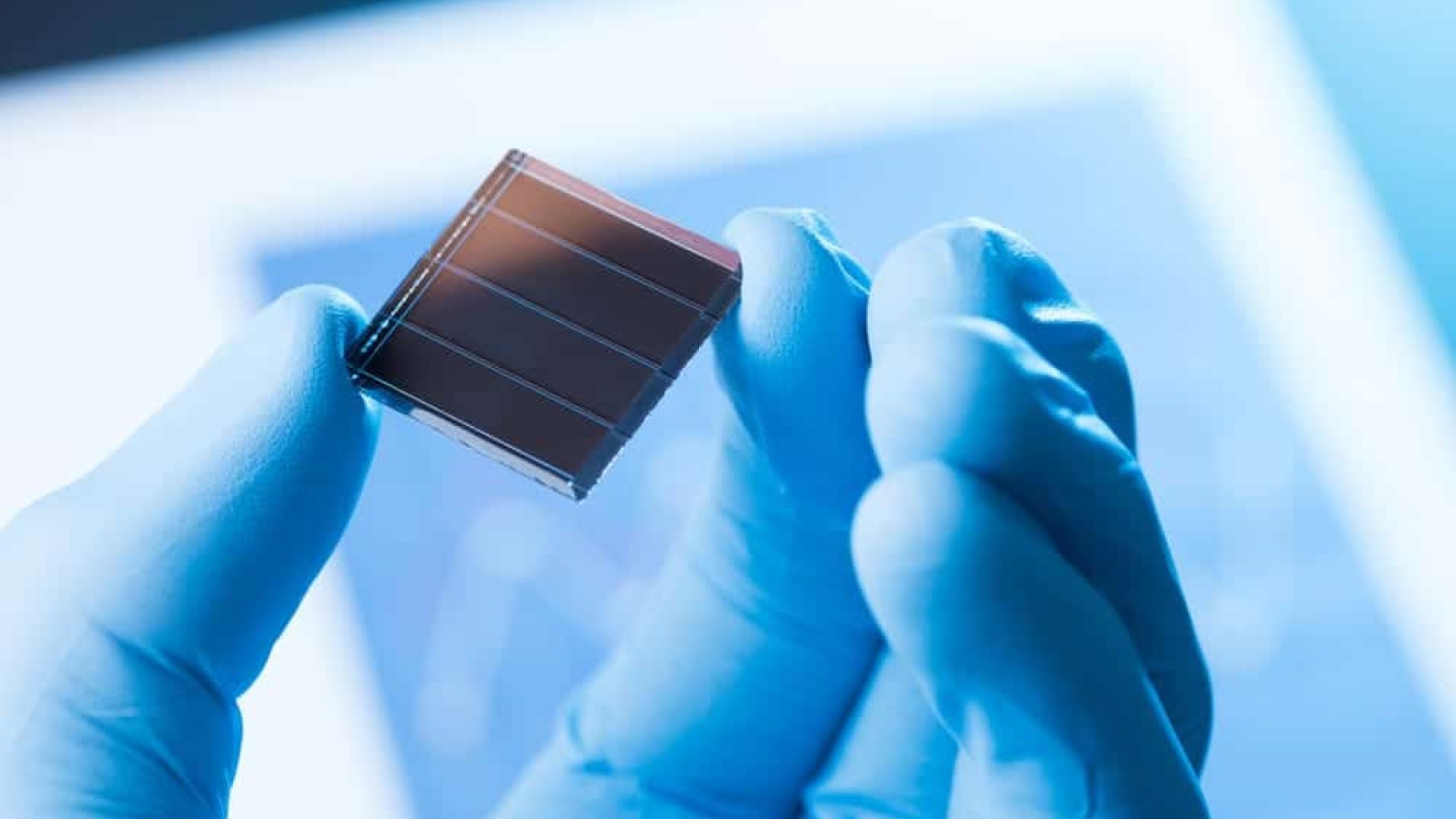This solar panel has broken a physics record: 30% efficiency, but it can’t possibly work – ECOticias
A solar panel has made history in the world of physics by presenting more than 30% efficiency. However, it is impossible for it to work. The hyper-powerful solar sphere made of moon dust shocked the solar energy industry, an impact that is happening again with the appearance of this historic panel. In recent years, the installation of solar panels has flourished more than ever before for two distinct purposes: self-sufficiency and reducing dependence on fossil fuels.
Although the initial installation of solar panels usually means a high investment, in the long term, it translates into large savings on the electricity bill. Once they are installed, they produce electricity for free, so the investment starts to pay off from day one, reducing operating costs. Furthermore, by producing your own energy through solar panels, you reduce your dependence on the conventional electricity grid.
This context provides energy stability in the event of power outages and offers a sense of autonomy and control over energy consumption. The growth of the solar industry brings environmental benefits, boosts the economy and technological development. It also creates jobs in the renewable sector and encourages innovation in efficient and affordable technologies.
This solar panel gives a lesson in efficiency: it beats the average
A group of researchers at the Swiss Federal Institute of Technology in Lausanne (EPFL) has achieved a significant breakthrough in the solar sector. They have created a double-layer photovoltaic cell with a conversion efficiency of 30.9%. An invention that promises to go beyond current theoretical limits and improve the efficiency of solar panels, bringing us closer to a more sustainable and usable renewable energy context.
Traditional photovoltaic panels convert only a fraction of the light energy they obtain into electricity. The maximum theoretical efficiency of these panels is 31%, and the most efficient commercially available are monocrystalline panels, with 24% in the best cases. This limitation is linked to the inability of the models to convert high-energy photons, thus restricting their overall efficiency.
To address this limitation, EPFL scientists have created ‘tandem’ photovoltaic cells composed of two different layers that greatly improve energy conversion performance. The top layer was made with perovskite, a material with a wideband gap that enables efficient absorption of high-energy photons from the light spectrum.
The bottom layer, on the other hand, is made of silicon and has the function of converting red and infrared light, thanks to its narrower band gap. The perovskite in the upper layer is treated with 2,3,4,5,6-pentafluorobenzylphosphonic acid (pFBPA), which improves cell efficiency and solves lead-related problems.
This treatment, mixed with a SiO2 nanoparticle-coated substrate, lowers pinhole formation and shunt resistance, optimizing the cell’s conversion capacity.
History has been made: the solar panel with more than 30% efficiency
In addition, the top layer includes a substrate composed of indium tin oxide, silicon dioxide nanoparticles, perovskite, buckminsterfullerene, phosphonic acid, silver, and zinc indium oxide. Each of these materials was carefully selected and combined to maximize absorption and energy conversion efficiency.
Ultimately, this solar panel has broken a record by registering 30.9% efficiency, promising a reduction in costs and showing the world more efficient and accessible renewable energy. Did you like this article? Then you can’t miss what we have to tell you about another 200% more powerful solar panel.


